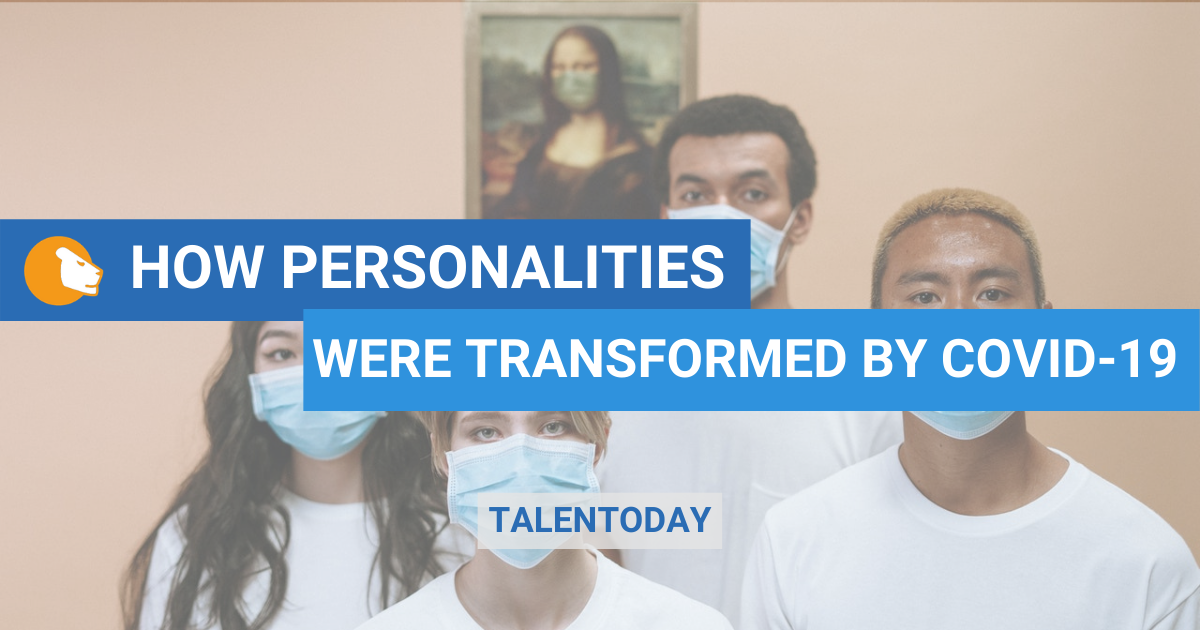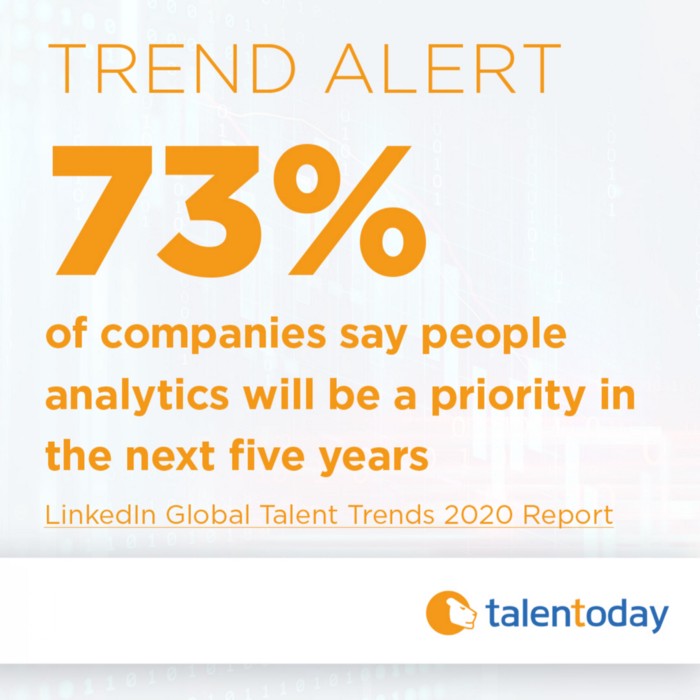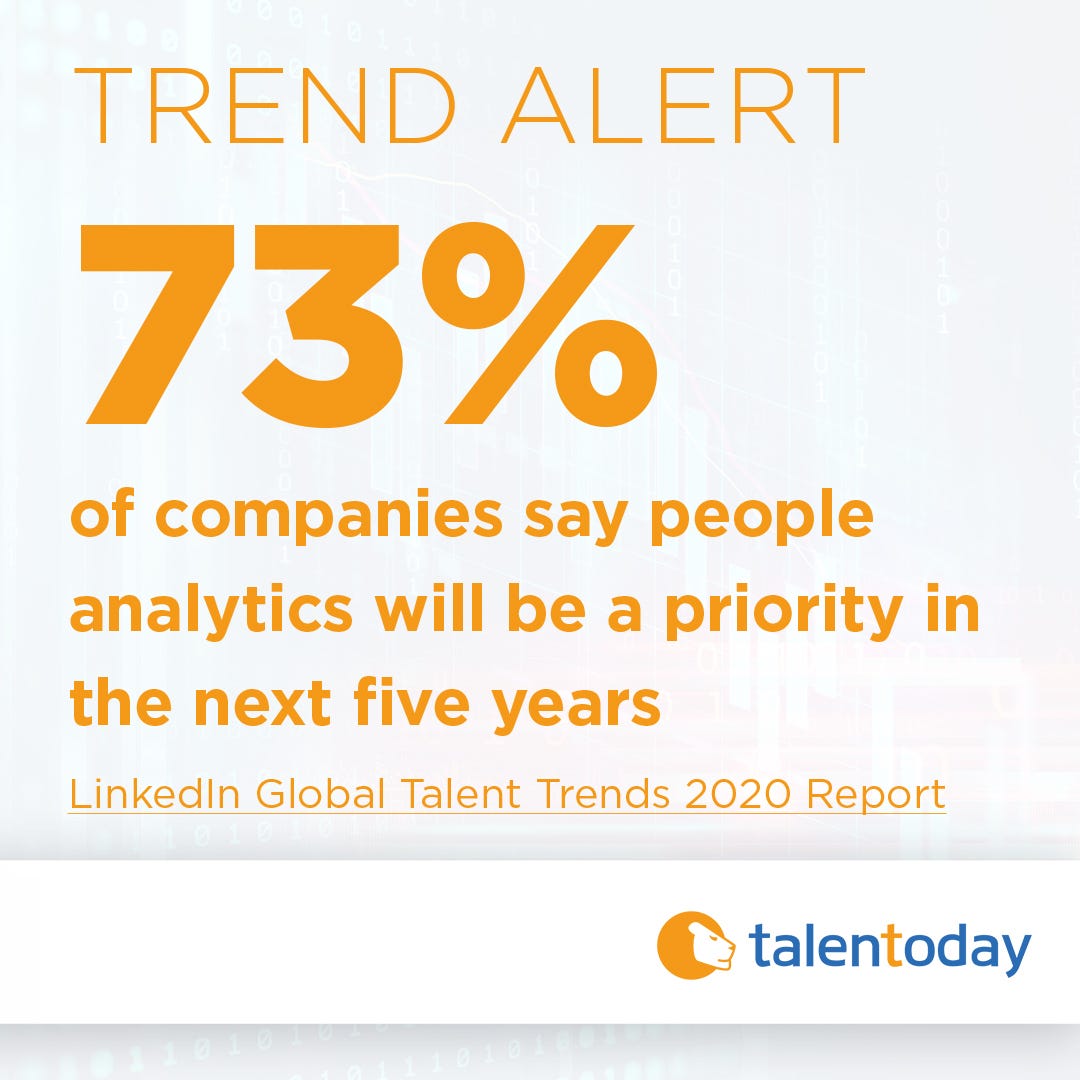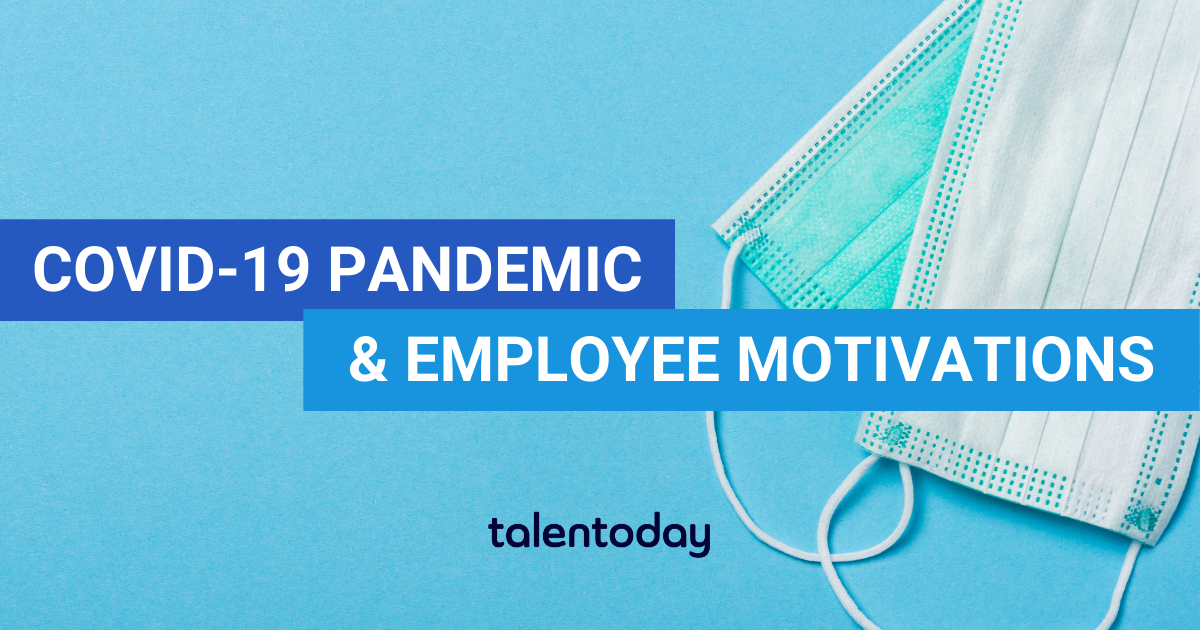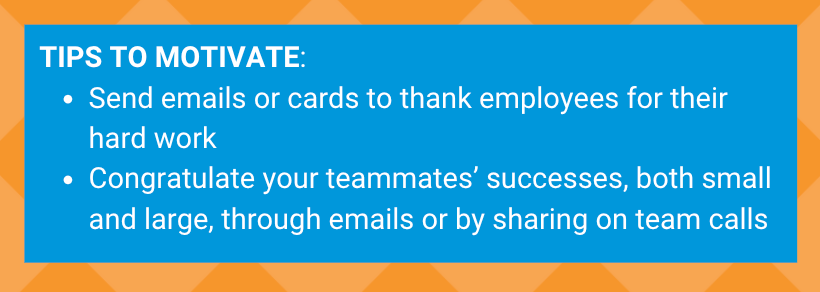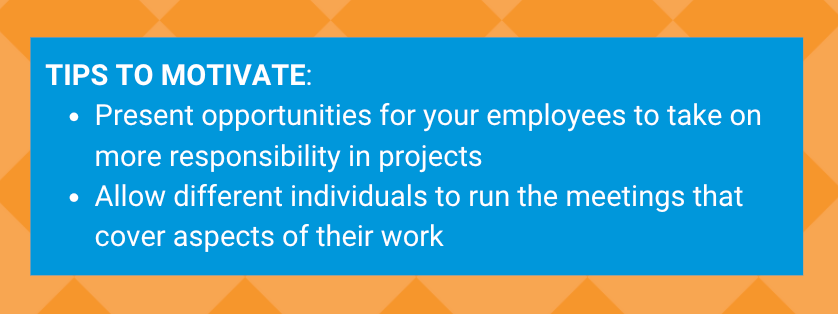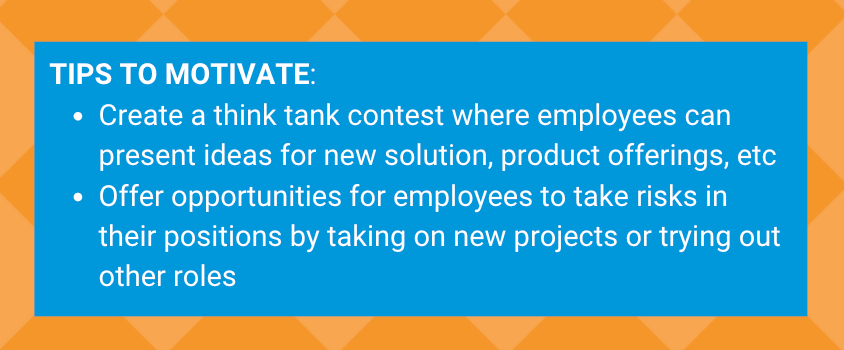How Our Personalities Were Transformed By COVID-19
Human beings are incredibly adaptable. Consider all the ways life has changed in response to the COVID-19 pandemic. From shrinking social circles to becoming comfortable wearing face masks to learning what six feet of distance really looks like, our society has found ways to adjust to a new way of living out of sheer necessity. However, these transformations run even deeper than just what the eye can see. Beyond the obvious signs of physical distancing, people have been adapting to our changing world in other ways — especially when it comes to their personality.
What Our Research Reveals
Based on MyPrint® personality assessment data from the last year, while the core of what makes most individuals unique may have remained intact, there are clear trends that point to changes occurring in our personalities happening broadly. In particular, our research points to changes in the grit, thoroughness, structure and optimism dimensions of personality.
Here’s what the four most prominent changes we’re tracking in personality mean for individuals moving forward. Have you recognized any of these changes in your own personality?
Developing an Opportunistic Approach
Being opportunistic is an important part of the grit dimension of personality. Think of grit as an indicator of how determined an individual may be to stick with something they’ve started. A high level of grit can be a wonderful trait for anyone who is known for seeing every project to its completion. However, as the realities of life during COVID-19 became apparent, most individuals dialed down this particular trait. One explanation is that the situations many people faced required a shift in plans. That determined, or “gritty,” mindset has been shifted to an opportunistic approach, as the need to adapt to rapidly changing circumstances outside of anyone’s control have become more prevalent. In other words, rather than seeing each particular challenge to the end, many of us moved onto new opportunities that fit better into our new world of work.
Becoming More Easy Going
In a year in which many people put on sweatpants and embraced a more laid back approach to their work from makeshift home offices, it might not be all that surprising to learn that thoroughness moved closer to the “easy going” end of our personality scale. What this means is not necessarily an increase in sloppiness, but a preference for a higher quantity of work outputs over the quality of that work. After all, in many roles, the shift in work environments presented any number of new challenges, and an unfamiliar amount of unstructured time with which to get them done.
Prioritizing Spontaneity
Speaking of structure, raise your hand if you forgot which day of the week it was at least once in 2020. If your hand is in the air right now, don’t worry — you are not alone! Our research indicates that personalities dipped in their levels of structure over the course of 2020, leaning further into the spontaneous end of our scale.
Personally, I know my entire routine was completely upended in the last year. In a matter of days, my morning alarms, commute plans, meeting schedule and meal prep strategy went right out the window. Suddenly, if I wanted to sleep an extra hour, that was okay! If I felt like having a homemade omelet for breakfast on any given Wednesday, I could bust out the eggs and get cracking! However, this shift towards less structure also had effects well beyond extra snoozes and creative meals. The lines became blurred around which types of projects needed to be done when. The boundaries between work and home were breached.
Increased Optimism
On the bright side, personalities appear to have been pushed to the positive end of our optimism scale! At first glance, this trend might appear to be counterintuitive. After all, in a year filled with so much darkness, how could optimism be on the rise? It turns out that this may be the greatest indication of human resilience revealed in our analysis. When faced with adversity, individuals have time and time again shown the ability to find even the smallest silver linings in a given situation. As our goals collectively shifted from narrow-minded personal achievements to group survival, small wins became reasons for real celebration.
As vaccinations are administered, the world stands poised to step forward into another stage in the fight against COVID-19. Even as we remain hopeful that this virus will someday fade away entirely, the changes we experienced in our personalities will remain long after the masks are put away. Human beings are incredibly adaptable. While that means individual traits may shift in response to situations beyond our control, what makes us unique carries on.
Are you interested in learning more about how your personality has evolved over time? Take (or retake) the MyPrint® soft skills assessment today to unlock personality insights. Click here to get started.
Are You Missing the Hard Data on Soft Skills?
More companies are looking at Big Data to boost their bottom line. In the world of work, they are turning to people analytics to provide predictive insights that save time and money, while bringing out the best in their employees. This information can help organizations envision and realize the full potential of their people.
Learn what people analytics software truly means and how to use it to enhance your organization’s growth. A better understanding of the data on soft skills and how it fits into your overall analytics picture can help you align your organization’s goals, values, people, and purpose. It can guide recruitment in finding the right talent to best fit a team and overall organization. Understand the importance of soft skills at every phase of the employee lifecycle:
- RECRUITMENT
- HIRING
- ONBOARDING
- PERFORMANCE
- DEVELOPMENT + TRAINING
Discover how people analytics can help you optimize performance and boost profit, while helping you envision and realize your team’s full potential. Learn ways to enhance your organization’s growth with insights that help you predict and plan. Download our eBook.
COVID-19 Impact on Motivations in the Workforce
It’s been one year since COVID-19 took the world by storm. Countries started to close their borders and government safety regulations were enforced. As a result of unpredictable lockdown and safety measures, each person’s environment has changed in some way. For millions of typical “office workers” this meant working from home, while those deemed essential continued to go into work with increased risk. With all of this change happening externally, there is internal change that comes with it. How has the move to a remote workspace, social distancing, new health measures, and other pandemic outcomes impacted the things that motivate your employees? Let’s learn more about how motivations work first.
One of the most widely accepted motivation theories is Maslow’s Hierarchy of Needs. You may recognize the motivation pyramid that has found its way into most every psychology, marketing, and ethics textbook, and it is the foundation for the Talentoday MyPrint motivation dimensions as well! There are five stages of motivation included in the pyramid: physiological needs, safety needs, love and belongingness needs, esteem needs, and self-actualization needs. The basis of Maslow’s theory is that everyone starts at the bottom stage of the pyramid with their most basic physiological needs: food, water, clothing, and shelter. Once those needs are met, we are able to work our way up to safety, and so on.
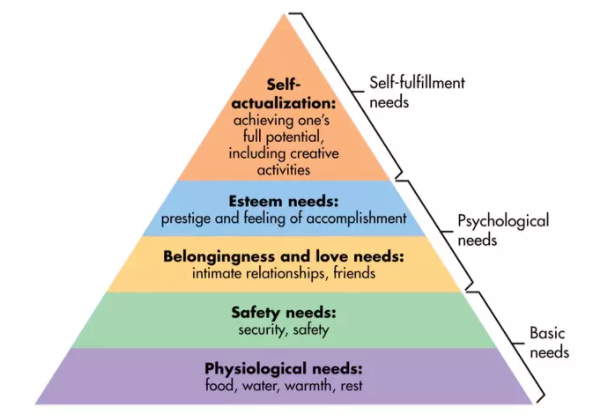
Our environment plays a huge role in our motivations and where we’re at on the pyramid. For example, during the COVID-19 pandemic, we have seen a lot of people focus on addressing their basic safety needs, like employment and financial stability. Other factors that can impact our motivations include, but are not limited to, changes to our work environment, major family events such as births or deaths, changes in our relationship status, living situations, or unforeseen financial events.
Motivations and MyPrint®
Since we know that motivations are so dependent on our environment, we decided to take a look at how the COVID-19 pandemic has impacted the motivations found in MyPrint®. To do this, we calculated the motivations that saw the biggest increase amongst assessment takers before and after March 2020. We observed three dimensions that had a larger increase than the others: Recognition, Responsibility, and Excitement.
Recognition: Need for External Recognition
People who have a need for external recognition are driven to work harder when they receive positive feedback and praise from coworkers. When working in an office environment, this will naturally happen more frequently; you tell an employee they did great on a presentation while passing their desk, or congratulate a coworker on hitting a milestone while you’re getting your morning coffee. However, in a remote environment, we need to be more intentional about giving that recognition. Since March 2020, a total of 81% of the global workforce has had their workplace fully or partly closed. Whether this impacts someone directly, or if they are seeing this happen with their friends and loved ones, receiving that external recognition can help to reassure individuals that they are doing a good job and motivate them to continue the good work.
Responsibility: Need for Taking Personal Responsibility
People who have a need for taking personal responsibility are comfortable being held accountable for others’ actions, regardless of error or failure, and are more comfortable being accountable for their own work as well. Moving into a remote work environment means that individuals need to take on more personal responsibilities than they did before: from managing all of their time to taking on pieces of projects that they might not have needed to before. For some people, having more control over their work environment can create that drive to keep them motivated at work.
Excitement: Need for Adventure
People with a need for adventure are driven by situations that offer thrill, seek to take risks and are very tolerant of unpredictable situations. A lot of people have experienced a more stagnant environment since March of 2020. Whether it is due to stay at home orders, travel restrictions, or lack of a commute, we are all going through it. Because of this, it is not surprising that people are craving more adventure in their lives. Work can be a great place to create excitement — from new opportunities to new roles or training, providing an environment where employees can take more risks and try new things can lead to a more engaged workforce.
Check In With Your Workforce
Your workforce is going to evolve over time, and it is important to keep up with those changes! Whether it’s a global pandemic to impact the shift in motivations, or if it’s typical life events taking place, you want to make sure that you are evolving alongside your employees. Changes to an employee’s motivations means adjusting your management style, and by keeping up with these changes, you can create the most engaging environment for your workforce as possible.
We recommend employees take the MyPrint assessment every 6–12 months. Interested in learning more about MyPrint and how our solutions can help you better understand your workforce? Contact Talentoday at customer@talentoday.com to learn more about our assessment and services!


